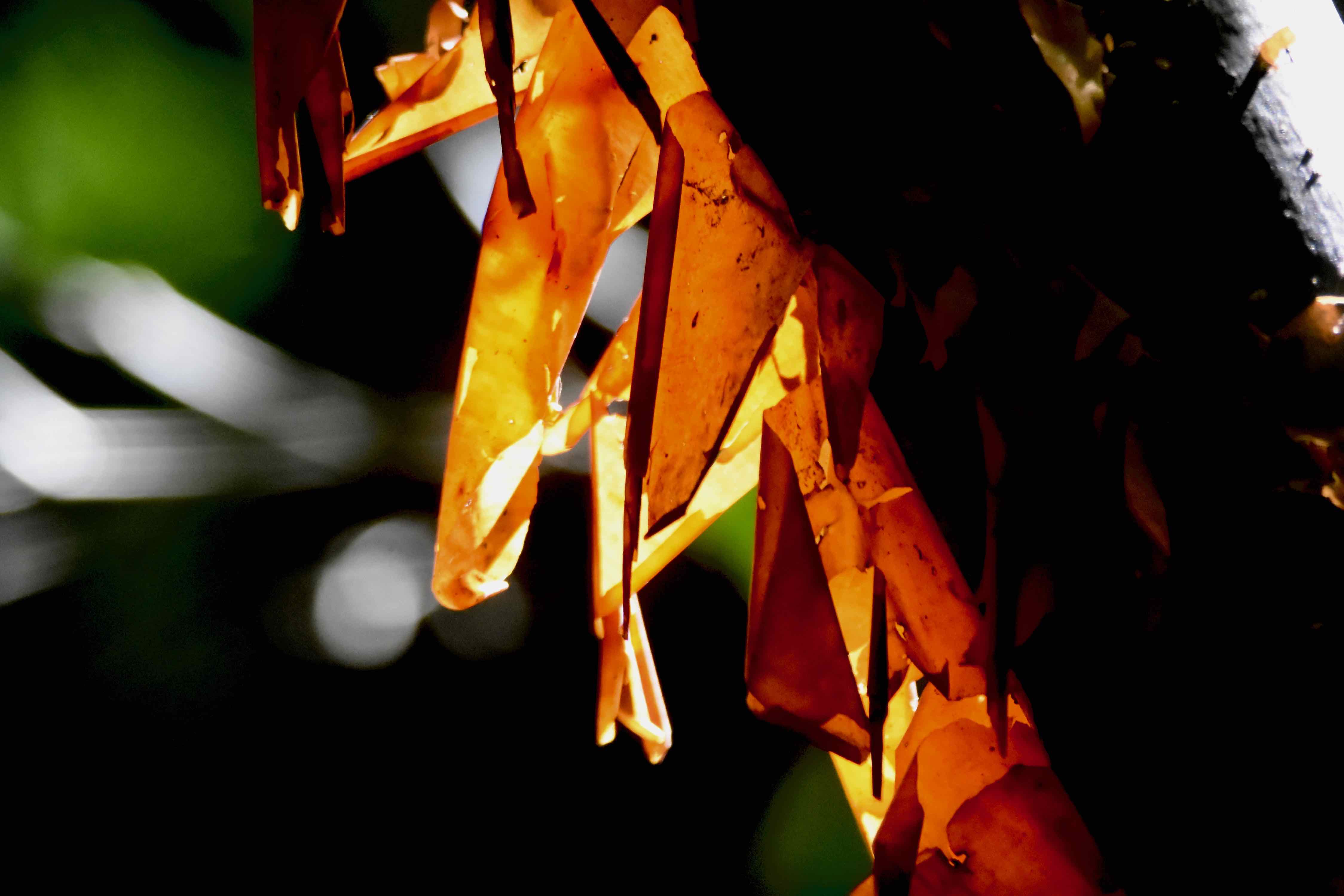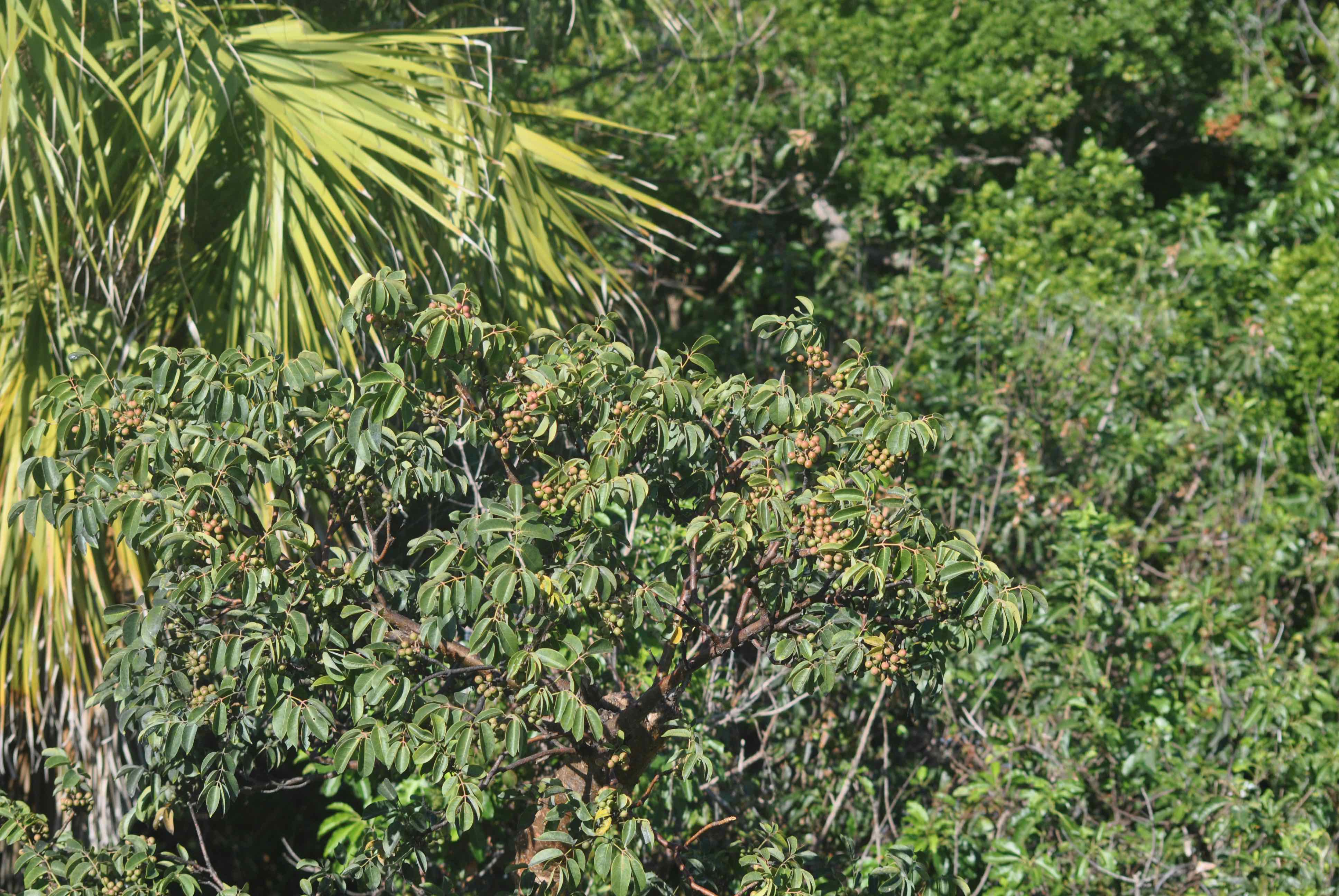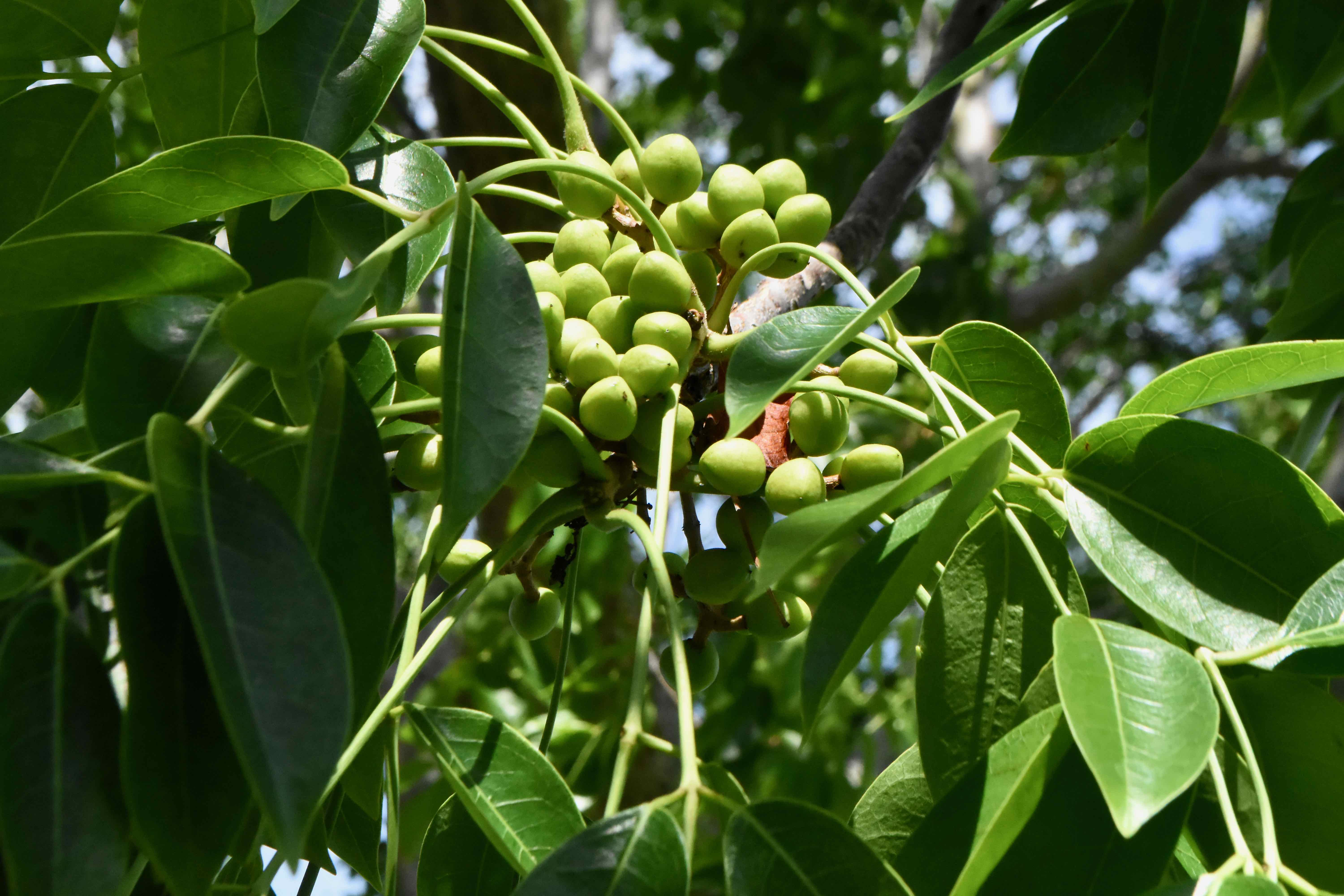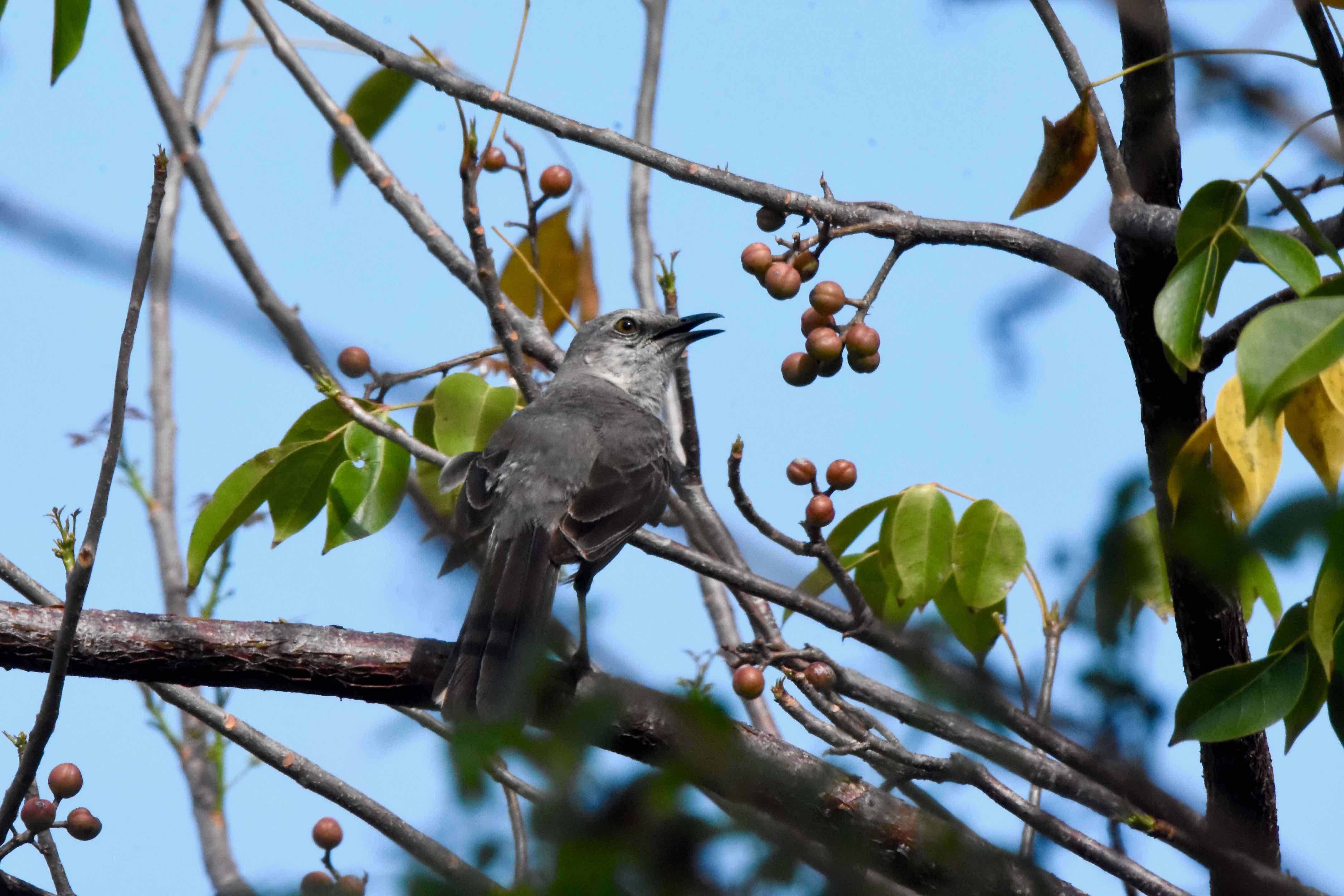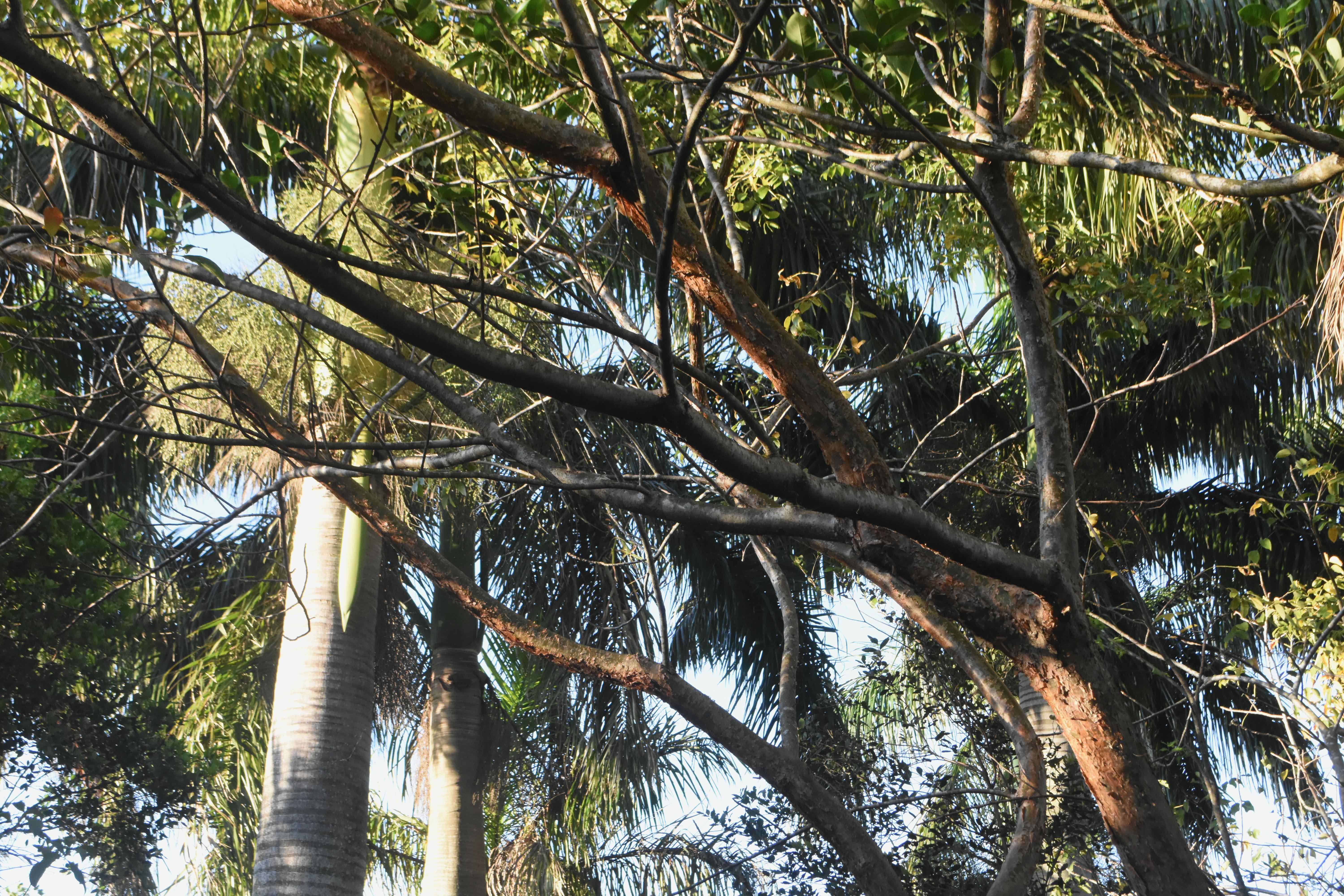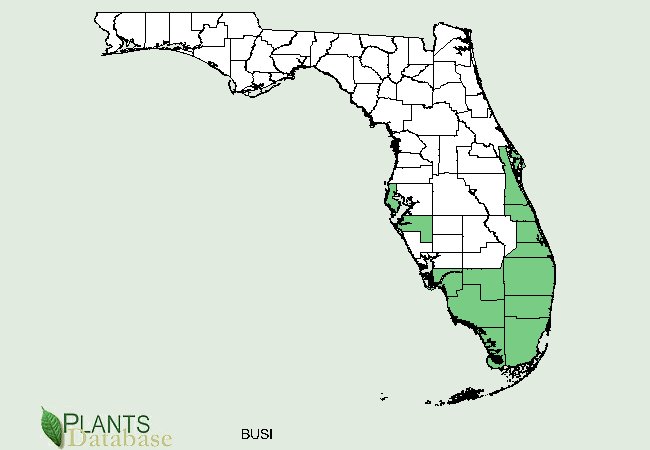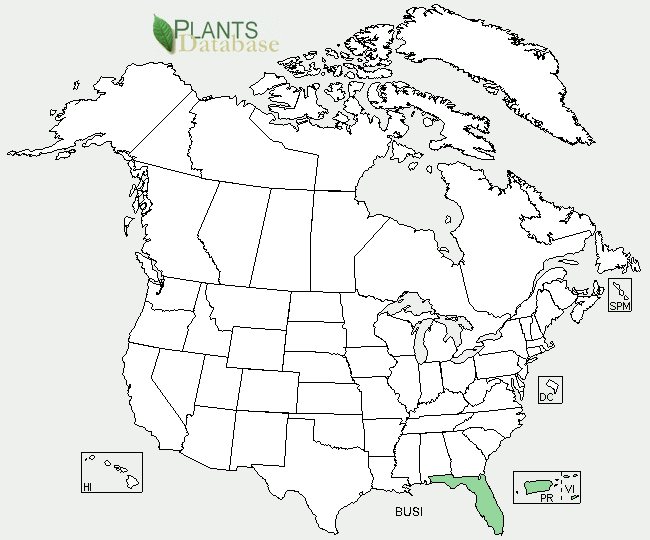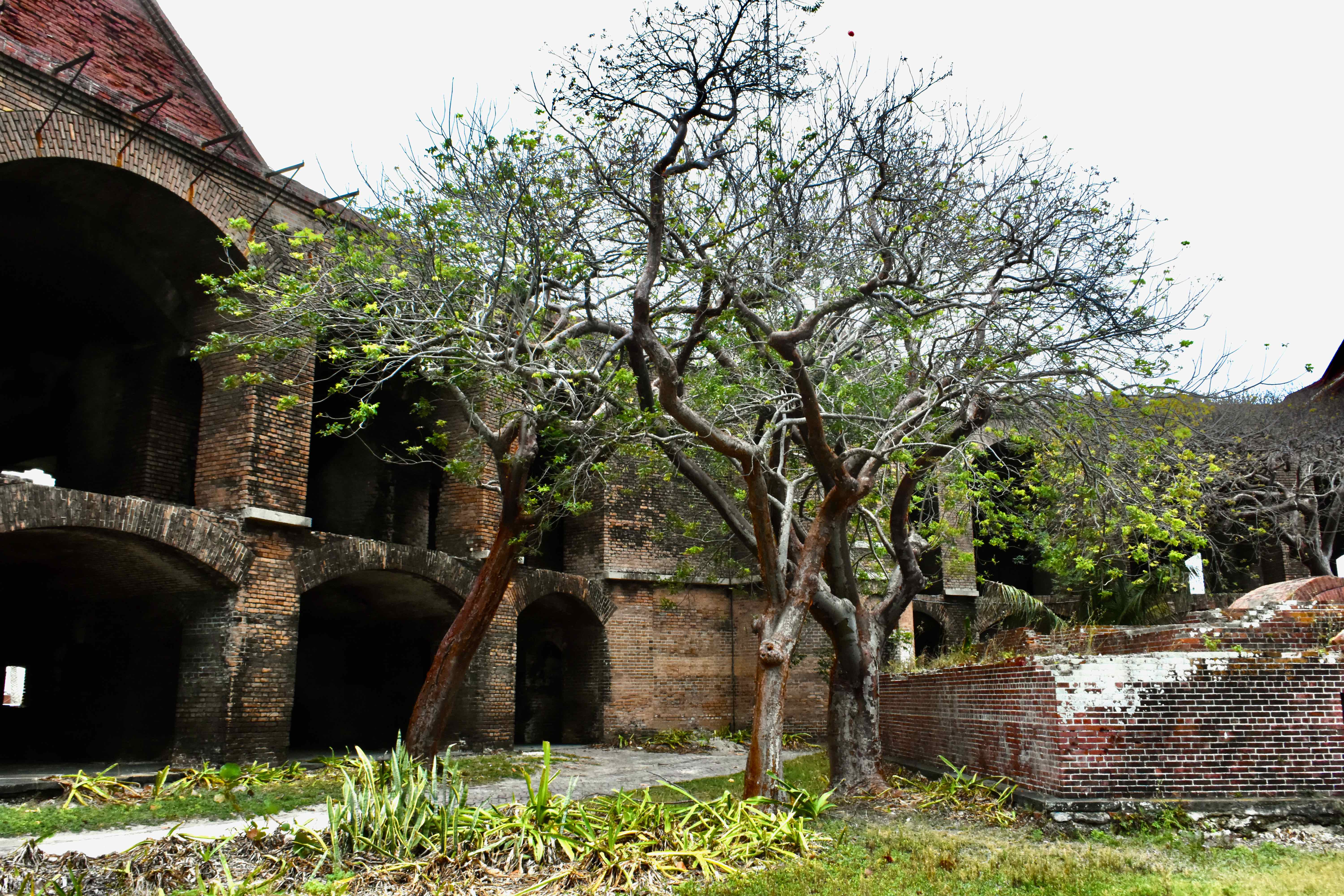
Gumbo limbo, photographed at Fort Jefferson, Garden Key, Dry Tortugas National Park, Monroe County, in April 2017.
Gumbo limbo, Bursera simaruba, is all about its peeling, coppery red bark. It gives the tree much of its eye appeal (we couldn't resist the pun, but it's still true), is an important element in many traditional medicine cabinets and makes the tree easy to identify.
It's also the source of one of its common names, the tourist tree, so called because red bark is constantly peeling, just like the skin of sunburned tourists. The irony is that the same peeling bark is used by some to heal sunburned skin — and other dermatological conditions.
Gumbo limbo is native to South Florida, found as far north as Pinellas and Brevard counties, through the Caribbean to Central and South America. Florida is the only state in the union where it grows, according to the U.S. Department of Agriculture.
The tree can be rather stout, sometimes exceeding 60 feet tall, with a crown just as wide. More commonly, gumbo limbo will top out at 25 to 40 feet. The trunk can have a diameter of one to three feet, and there are usually at least four major branches radiating off the trunk and originating near the ground.
It is a common element in coastal hammocks, the best known and easiest to identify of the tropical hardwood trees. It grows in full sun to partial shade. It will do well in poor, sandy soil but also thrive where the ground is rich in nutrients. The leaves are compound, with long and relatively narrow leaflets that are arranged opposite each other.
Gumbo limbo is semideciduous, meaning it drops its leaves but not all at one time. You can see in the picture above that the crowns of these gumbo trees, photographed in mid-April, are on the sparse side. It produces clusters of greenish-yellow flowers in winter and spring, but the blooms hardly qualify as showy. Green, triangular berries replace the flowers, turning red when ripe — in about a year. Kingbirds and flycatchers are attracted to the berries and the dingy purplewing butterfly uses gumbo limbo as one of its hosts. The canopy also provides cover for sundry critters.
In Florida, gumbo limbo is used in landscaping as both a shade tree and as a specimen planting. It easily adapts to urban environments and is used in parking lot islands and in highway medians, but it does require room and the roots will rise through the ground. It's easy to grow from seeds, but most commonly it's grown from cuttings, which can be as large as a foot thick.
As noted earlier, gumbo limbo is used medicinally. Strips of peeling bark are boiled and used topically for sunburn, as mentioned, insect bites, sores and rashes. The "tea" is drunk for backaches, colds, flu and urinary tract infections. Gumbo limbo has been used to treat dysentery and yellow fever. In Mayan mythology, gumbo limbo is the "good" counterpart to the "evil" of black poisonwood tree.
The Seminoles carved medicine bowls from the wood, which is both light weight and soft. In the days before plastics, gumbo limbo was used to carve carousel horses for merry-go-rounds. Model airplane enthusiasts know gumbo limbo as balsawood.
Gumbo limbo is a member of Bursaraceae, the family of plants from which frankincense and myrhh are derived.
Dry Tortugas National Park
Click on photo for larger image
U.S. Department of Agriculture Distribution Maps


